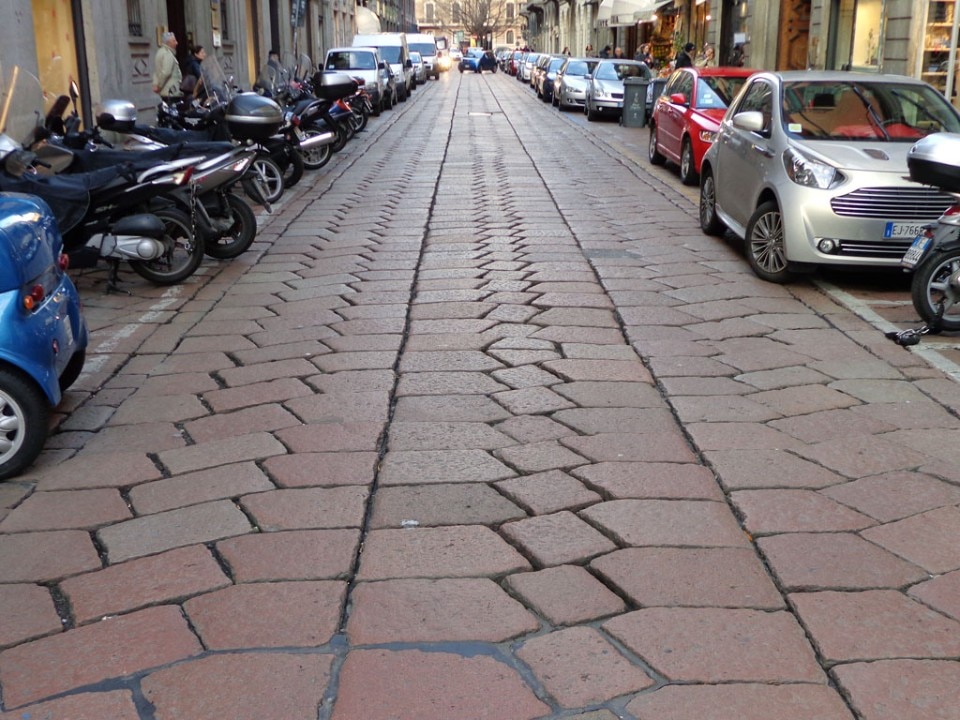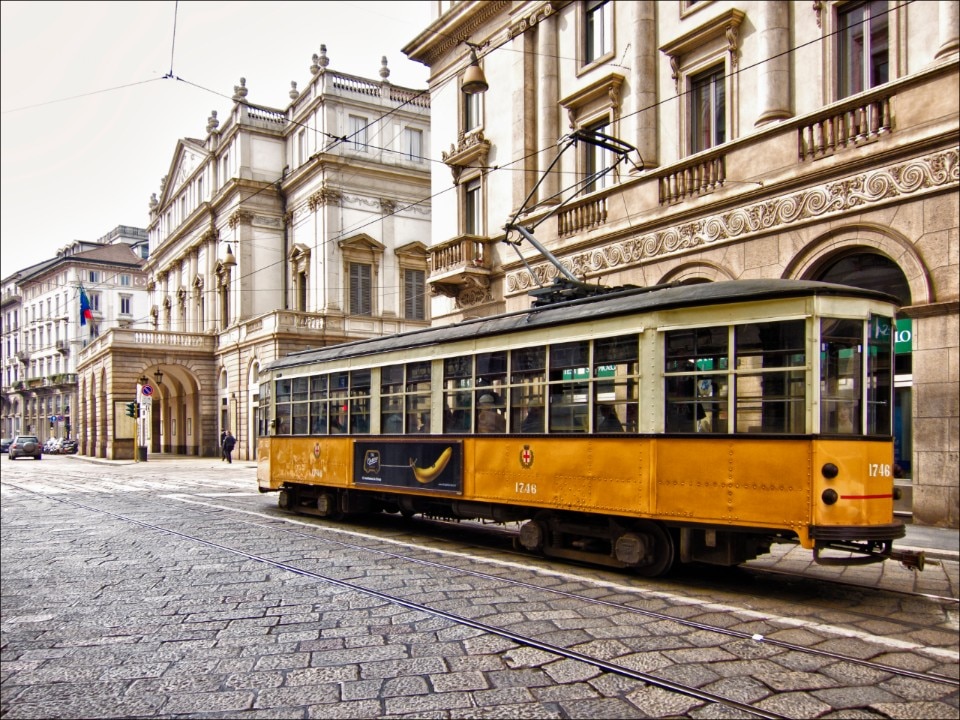Over the next two years, Milan will replace the typical pavement of large granite blocks in some of the city's more central streets: in the Cordusio (Via Meravigli) and Sant'Ambrogio (Via De Amicis) areas, in some sections of Corso di Porta Romana, then in Via Medici, the adjacent Via Chiossetto and Via Corridoni, and in Porta Garibaldi (Piazzale Principessa Clotilde), but also in less central areas, such as in Casoretto (Via Leoncavallo) and near the Lambrate railway station (Via Viotti), as well as on the side of the entrance to the Fatebenefratelli hospital emergency room.
The choice, announced by Marcello Oneta of the Municipality's Mobility and Transport Department, involves the use of red asphalt to blend in with the historical context. This material, which is more expensive than the traditional black asphalt, was chosen for aesthetic reasons and to protect urban decorum, in agreement with the Superintendence.

The disruption resulting from the passage of heavy vehicles and the imprecision of the installation caused considerable damage to vehicles and people, victims of the potholes formed over time, which inevitably led to the decision to replace, at least partially, one of Milan's symbols.
Opening image: Photo Bert Kauffman on Flickr


